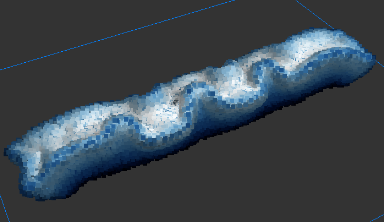Dirk Gregorius said:
As a funny example I didn't even know that the interaction with the chair and headcrab worked this way until I saw it in the video. This was not a planned feature. It just happened to work ?
That's exactly what i expect from this. Like in the real world, unforseen things can happen. Nothing can be more immersive, nothing connects me more with the virtual world. It's not really part of the game or its design, but it proofs me there is more in it than just that. Priceless.
Keep up the great work! :D





